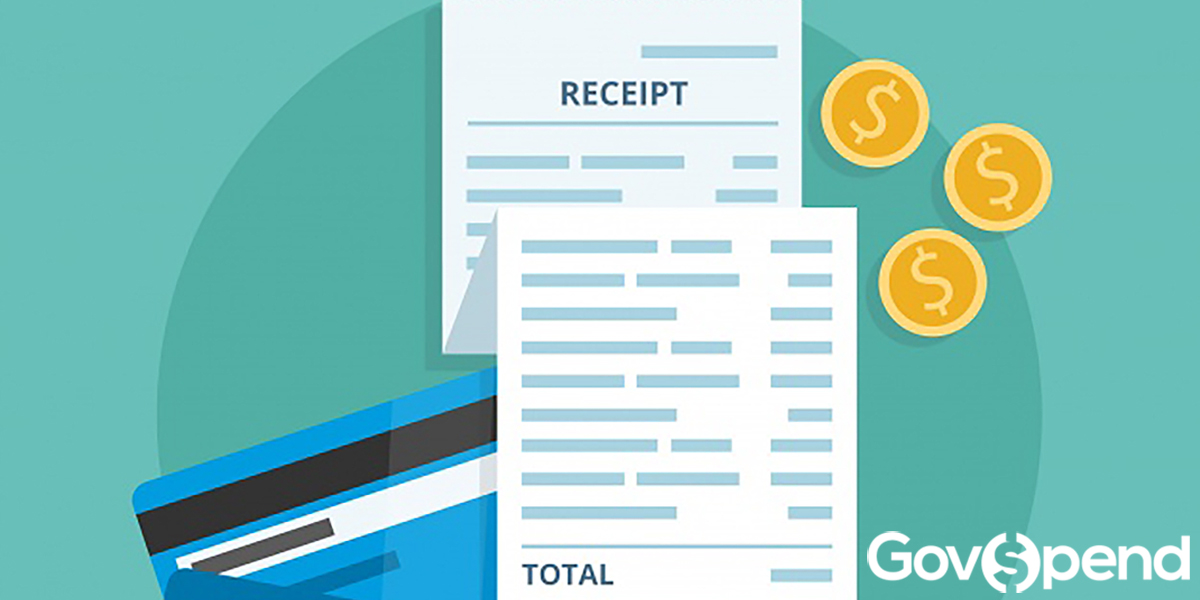
If you’ve started working on your GovSales strategy, you’ve likely heard some talk about agencies always choosing “the cheapest price.” This is one of the most widely-spread myths of selling to the government, but it does come from somewhere.
In the public sector, selecting a vendor is significantly more complicated than our typical process when choosing between two brands in the grocery store. Unlike those of us shopping for ourselves, agency buyers must justify their purchasing choices. When choosing a higher-priced item, they’ll need an excellent reason for spending those additional taxpayer dollars. That’s why such in-depth processes—like bids, RFPs, the “three quotes” method, etc.—were created. It’s essential that agencies are mindful of every cent they spend.
When it comes to LPTA vs. BVP in Government Contracts, there are two main pricing evaluations: LPTA (Lowest Price Technically Acceptable) and BVP (Best Value Procurement). As a vendor, it’s essential to know the difference and, more importantly, know the priority of the agencies you work with.
The ‘Acceptable’ Price
The Lowest Price Technically Acceptable method is black-and-white. An LPTA contract evaluates one dimension: price. If an offer meets the requirements of the request, it’s considered on the same playing field as the others—in other words, “We’re looking for a chair, this is a chair, and its price is lowest.” You, as the seller, will not be considered above others if your chair offers things the others don’t, such as a special fabric or accent.
For most contracts, this method is considered ineffective by procurement experts. In fact, the F.A.R. Council released regulations that limited the kinds of contracts that can utilize LPTA, as of 2019. The Department of Defense has eliminated it entirely for engineering and manufacturing projects. This outdated method is now rarely seen outside the bulk purchase of staple items (paper products, office supplies, snacks, etc.)
‘Best Value’ Procurement
More often, government contracts follow a newer method known as Best Value Procurement (BVA). If the agency is quoted $300, $500 and $800 for that chair, for example, things like condition, style, design, thread count, stitch quality, and warranty will come into play. If this chair will be placed in the municipality’s main lobby for daily use, the $800 chair that’s well-made and comes with a 3-year ‘wear-and-tear’ warranty would be a better value. If it’s to be used in a temporary office, spending anything more than $300 would likely be a waste.
What’s Your Value?
With that in mind—before you implement your GovSales strategy—you should ask yourself what makes your product or service especially valuable. Ask yourself, “Why am I different? Why am I better?”
Jot it down. Make a list, if you have more than one answer. Then, incorporate it into your business’s website and/or social media accounts. Make it your key selling point. You’ll need to communicate your strength(s) when responding to a contract—especially if you offer a service, rather than a product.
Why should agencies do business with you?
If an RFP, RFQ or other solicitation asks for an “experienced landscaper” to help design the exterior of the new public library, try to include details about your previous projects when you respond.
If they ask for five years’ experience and you have 25, say so.
If you’ve designed landscaping for a brand new building before, make sure they know it!
Ensuring that the agency believes you’re the most qualified for the job is essential to winning the bid in a BVP situation.
When it comes to products, include:
- Any available warranty
- Special features, design elements or colors
- If it’s hand-made or uses special materials
- Anything that makes your product unique
Don’t assume that your price will speak for itself. Think of it this way: if an agency buyer sees your offer and thinks, “Wow, I get ALL OF THAT for THAT price?” you have a much greater chance of winning their business.
At the end of the day, they need to feel comfortable explaining their decision to their supervisor. Otherwise, they may go with another vendor—one who made the effort to ‘stand out’ and prove their worth.
The Price Must Be Right
We should also mention that you still need to price competitively. Remember, value = quality + price. An agency may still go with another supplier if your price is disproportionate to your product, no matter what amazing qualities you bring to the table.
Few agencies will feel comfortable spending $2,000 on a chair… unless its legs start walking them across town.
If you need help perfecting your pricing strategy, GovSpend can help. Our software gives you access to years of historical purchasing records and competitor data—so you can price competitively and evaluate what makes your business stand out.




